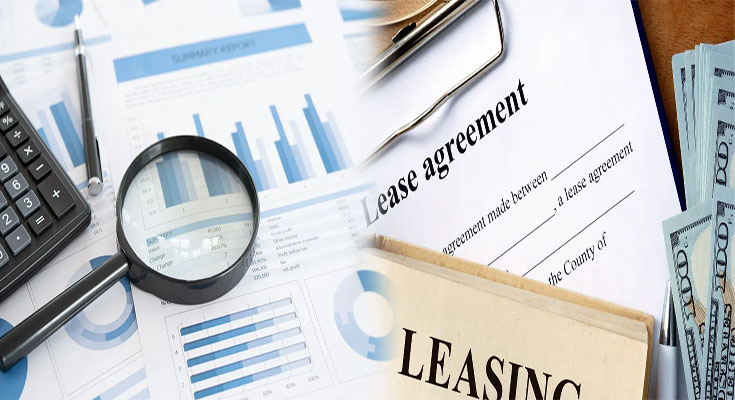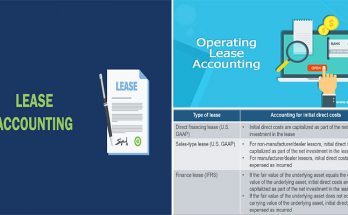Finance lease accounting involves various financial principles and considerations, two of the key components being depreciation and interest expense. These elements play a crucial role in determining the financial health of a company and understanding the true costs associated with leasing assets.
Depreciation in Finance Lease Accounting
Depreciation is the gradual decrease in the value of an asset over its useful life. In finance lease accounting, the leased asset is recorded on the lessee’s balance sheet as a tangible asset, along with a corresponding liability for the lease obligation. The leased asset’s value is then systematically reduced over time through depreciation.
Depreciation expense is calculated based on the asset’s useful life and its residual value at the end of the lease term. This allocation of the asset’s cost over its useful life helps to reflect the asset’s true economic value and impacts the company’s profitability and financial statements.
Interest Expense in Finance Lease Accounting
Interest expense in finance lease accounting represents the cost of financing the leased asset. When a company enters into a finance lease agreement, it incurs interest expense on the lease liability, which reflects the cost of borrowing money to acquire the asset.
The interest expense is calculated based on the lease liability amount at the beginning of the period and the implicit interest rate in the lease agreement. This interest cost is recognized over the lease term and impacts the lessee’s income statement and cash flow statement.
Importance of Depreciation and Interest Expense
Understanding depreciation and interest expense in finance lease accounting is essential for companies to make informed financial decisions and accurately assess their financial health. These components impact the company’s profitability, cash flow, and overall financial performance.
By properly accounting for depreciation and interest expense in finance lease agreements, companies can assess the true costs associated with leasing assets, evaluate the financial impact of lease agreements on their balance sheet and income statement, and make strategic decisions about their capital investments.
Depreciation and interest expense are vital elements in finance lease accounting that help companies accurately report their financial performance, assess the true costs of leasing assets, and make informed decisions to drive long-term financial sustainability.
By outlining the significance of depreciation and interest expense in finance lease accounting, this article aims to provide a comprehensive understanding of these key concepts for financial professionals and businesses.





